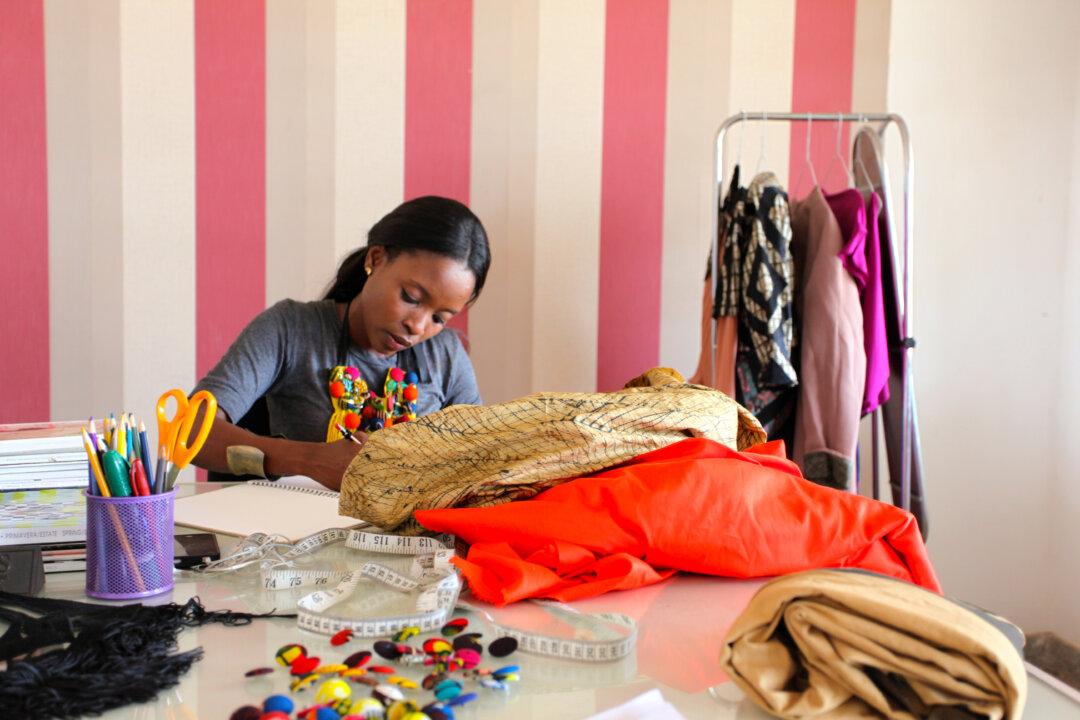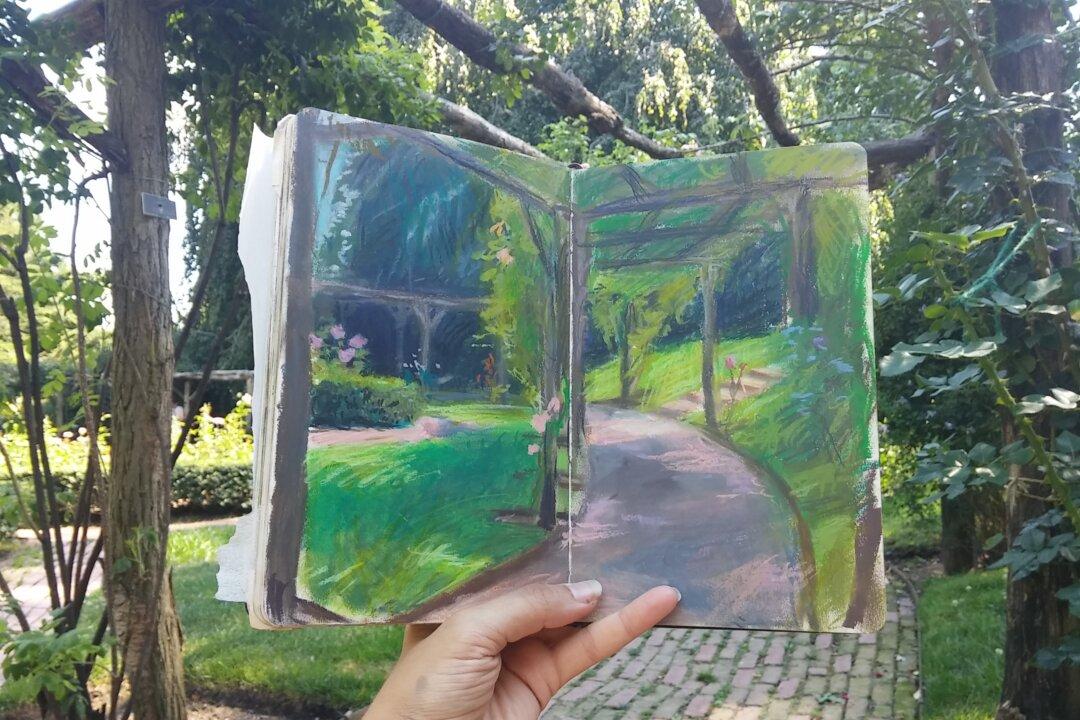NEW YORK—There is something magical about fashion. A beautiful garment, made out of exquisite fabric, with a unique design, cut to flatter the human form can instantly enhance the way we carry ourselves in the world. The choice of fashion, one’s style, is a most personal form of self-expression, revealing one’s taste, personality and status. If made by highly skilled, well-paid workers with love, the magical effect of the clothes and accessories we wear, what they carry, renders us even more lovely and stunning.
Someone who knows how to recognize and appreciate beautiful fashion products, made in a sustainable way, is Simone Cipriani.
Ethical fashion is about, “Beautiful, gorgeous products with a responsible story behind them, with the role of people in it in the value chain of production,” Cipriani said to a packed auditorium at the Fashion Institute of Technology on March 24.
An Italian man, with a very marked Italian accent, Cipriani radiates an expansive sense of generosity and optimism that’s contagious.
He created the Ethical Fashion Initiative of the International Trade Centre (ITC), which is a joint United Nations and a World Trade Organization agency. In 2007 he proposed a business plan. The UN gave him money for a pilot and was told that if he would fail to involve the industry with workers in Africa, he would be out.






